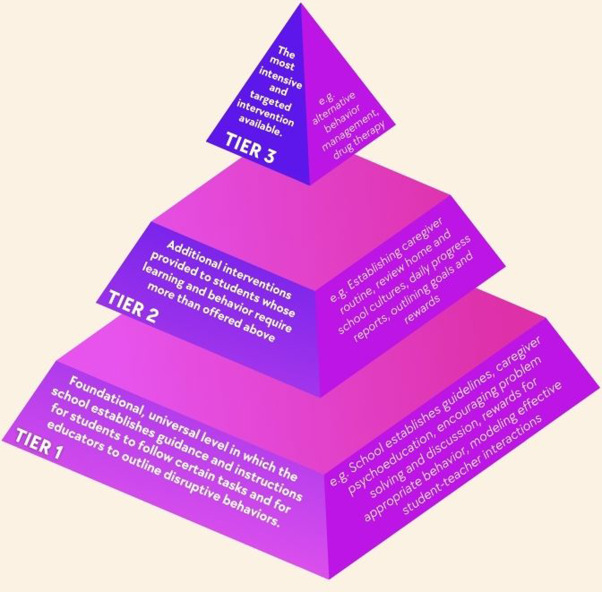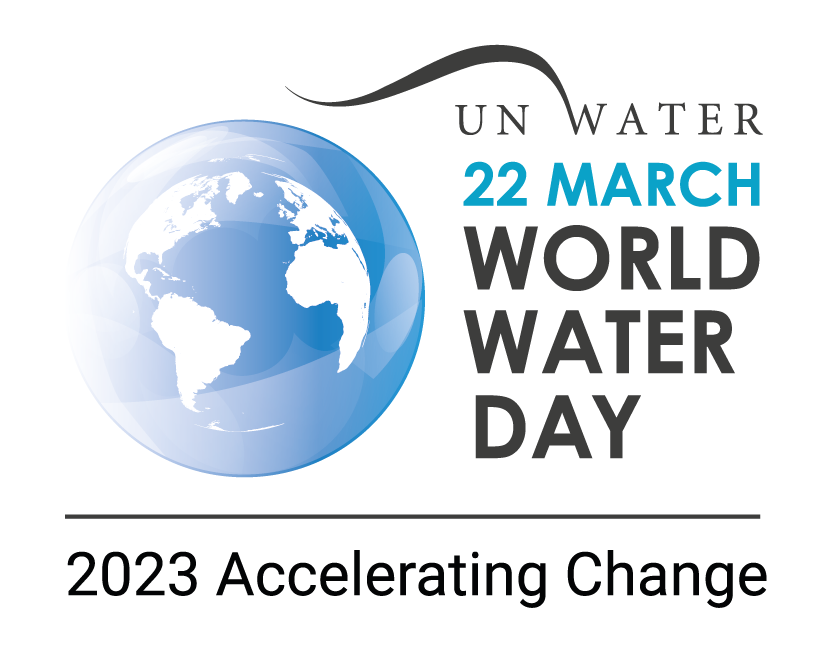Translational Surgery
Handbook for Designing and Conducting Clinical and Translational Research
2023, Pages 591-597
The Thinking Healthcare System
Artificial Intelligence and Human Equity
2023, Pages 99-129
Pierre Marmonier, Diana Maria Paola Galassi, Kathryn Korbel, Murray Close, Thibault Datry, Clemens Karwautz, Chapter 5 - Groundwater biodiversity and constraints to biological distribution, Editor(s): Florian Malard, Christian Griebler, Sylvie Rétaux, Groundwater Ecology and Evolution (Second Edition), Academic Press, 2023, Pages 113-140, ISBN 9780128191194
Stanislaw Sieniutycz, Chapter 6 - Biodiversity maintenance in food webs, Editor(s): Stanislaw Sieniutycz, Complexity and Complex Ecological Systems, Elsevier, 2023, Pages 75-97, ISBN 9780443192371
This research presents an ontology-based approach to infer incomplete mobile vehicle trajectories, enhancing urban traffic analysis by transforming raw spatio-temporal data into semantic locations and leveraging knowledge-driven inference methods. The approach aims to improve the accuracy and interpretability of mobility pattern analysis in smart city applications.
Nikolay Manchev Petrov, Mariya Ivanova Stoyanova, Rajarshi Kumar Gaur, Chapter 12 - Biodiversity and characterization of economically important viruses on potato cultivars, Editor(s): Rajarshi Kumar Gaur, Basavaprabhu L. Patil, Ramasamy Selvarajan, Plant RNA Viruses, Academic Press, 2023, Pages 245-270, ISBN 9780323953399
Multi-Hazard Vulnerability and Resilience Building: Cross Cutting Issues, 2023, Pages 127-143


